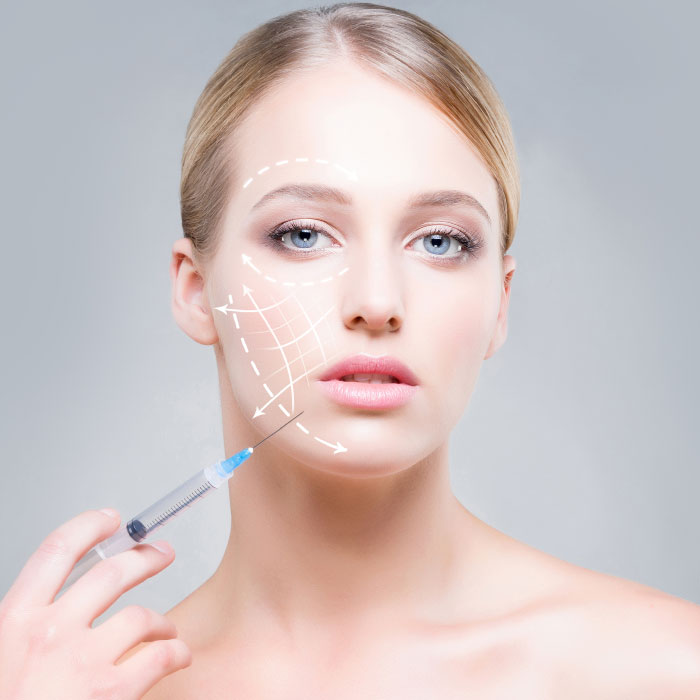going under the needle


Going Under the Needle
SOKY JUNE 2016
These days, there seems to be an endless amount of options for those seeking a more youthful appearance. Botox® and Dysport®, dermal fillers, and other non-surgical therapies are becoming increasingly popular for those wishing to turn back the clock without going under the knife. And while anti-aging injectables are based on science, the results can actually seem magical. In some instances, just one office visit can yield extremely impressive and instant results, without the downtime associated with more invasive procedures. So, what should you know before going under the needle? Here’s the skinny on what to look for when seeking out these treatments.
Freedom of “Expression”
When it comes to smoothing wrinkles, Botox is king. Most people are familiar with neurotoxins as “botox” has essentially become a household word. Not only is the botulism toxin most likely behind well-preserved Hollywood faces, more and more consumers are seeking it out in order to erase or even prevent signs of aging. Botox®, along with other FDA-approved products such as Dysport®, are used to weaken or paralyze a targeted muscle to prevent creasing of the skin thus “softening” lines and wrinkles. The most common sites to use a neurotoxin are the forehead, glabella (between the eyes), and the crow’s feet on the outer aspects of the eyes. Other areas such as around the mouth and neck are also commonly injected, however, an untrained or inexperienced injector can yield less than desirable results so ask about your practitioner’s training, skills and experience.
Do the injections hurt?
We typically describe the injections as feeling like a bee sting. That may even be an exaggeration, as the injections are most always highly tolerated. Slight bruising and tenderness to the touch may occasionally last for a few days after treatment.
How long does Botox® last?
The effects of neurotoxins can last three to four months, but often last longer than that as the patient continues to have treatment. The key is to have injections on a regular schedule just as the muscles seem to be working again. If you give those treated muscles the chance to fully recover and attain full motion, you are essentially starting over. If done on a three to four month schedule, the muscles will eventually atrophy and treatment will be needed less frequently.
How much does Botox® cost?
The cost of neurotoxins can vary widely based on regional demographics, volume and expertise of the practitioner. This doesn’t mean that you should ever bargain shop your Botox®! On the contrary, when you see a “too good to be true” price on injectables, well it most likely is just that. More often than not, “cheap” Botox® yields shorter lasting, less desirable results.
What could go wrong?
Most often, side effects of neurotoxins are temporary and restricted to the area of treatment. They include drooping of the eyebrow, headache, pain, swelling, bruising, skin tightening and a feeling of “numbness.” We frequently see patients with “dropped brows” in our office as a result of a patient being injected by an inexperienced practitioner. Unfortunately, the patient must wait it out until the issue subsides.
In rare cases, the toxin’s effects can move away from the treated site, causing issues with swallowing and speaking. This is most likely seen when treating with high doses of neurotoxins for non-aesthetic purposes.
PUMPING UP THE VOLUME
While neurotoxins such as Botox® and Dysport® are used to paralyze muscles and soften lines, fillers are used to add fullness to areas where we have lost volume. As we age, our face naturally loses subcutaneous fat often causing a gaunt or hollow look. Fillers are a fairly simple and highly effective means of treating this volume loss. There may be nothing more gratifying for a cosmetic patient than to have immediate correction as a result of a dermal filler. Unlike neurotoxins, fillers vary widely in their composition, and one must be diligent in seeking out a practitioner who understands the differences and is able to provide the appropriate product to the patient.
What makes a dermal filler?
Not only are patients confused about the difference between neurotoxins and dermal fillers, they are further perplexed over what exactly makes up a filler. The most well known fillers on the market are hyaluronic acid based (Juvederm®, Voluma®, Restylane® and Perlane®), calcium hydroxylapatide (Radiesse®), man-made polymers (Sculptra®), and microscopic beads and bovine collagen (Artefill®). These fillers are commonly injected into the nasolabial folds (creases on the sides of the mouth), cheeks, lower face, lips, and hands. They may also be used to correct hollow areas under the eyes and to fill in scars.
How long do fillers last?
Fillers can have very different lives in our bodies. Some last for only a few months while others such as fat transfers can be permanent.
How much do fillers cost?
The cost of dermal fillers varies by product, regional demographics and level of practitioner experience and skill. Again, one should never bargain shop filler or any other cosmetic procedure for that matter.
What could go wrong?
It is important to understand that various fillers differ in thickness and volume, and should be matched to a patient’s needs. A thick filler used in the wrong area, can create undesirable lumps and unevenness. One of the most common side effects of fillers is the formation of tiny bumps under the skin. Depending on the product used, these can often be massaged out and dissipate with time. Sometimes, a bluish discoloration known as the Tyndell effect can happen in areas such as under the eye where skin is thin. Very rarely, skin cells may die if fillers are not used properly. There have also been a few reported cases of nerve damage by poor injection technique.
Who You Should Trust To Inject You?
Although convenience and low price may be enticing when seeking out a practitioner, be very careful who you allow to treat you. Neurotoxins and dermal fillers are drugs and should be administered by a highly specialized, trained professional. Going to a board certified plastic surgeon, dermatologist or facial plastic surgeon is the best way to achieve optimal results in a safe environment. Often, physicians and paraprofessionals practicing in unrelated areas, offer injectables as a side business. We see these popping up in gyms, hair salons and even people’s living rooms. What is concerning about these situations is that there is no one to take of the patient when things go badly…and they often do in these situations! Simply put, do your homework on your injector.
Dr. Atalla, Board Certified Plastic Surgeon, and his physician assistant, Amy McGill, MPAS PA-C, have over 30 years of combined experience in all areas of facial rejuvenation and injectable therapy. Amy is a master level injector and has been awarded Allergan Facial Aesthetics master trainer. Atalla Plastic Surgery is one of 4 Diamond level Allergan accounts in the state of Kentucky as a result of our expertise in the areas of Botox® and dermal filler therapies and skin care. To learn more or to schedule an appointment for a free consultation, please call 270-796-8960.
